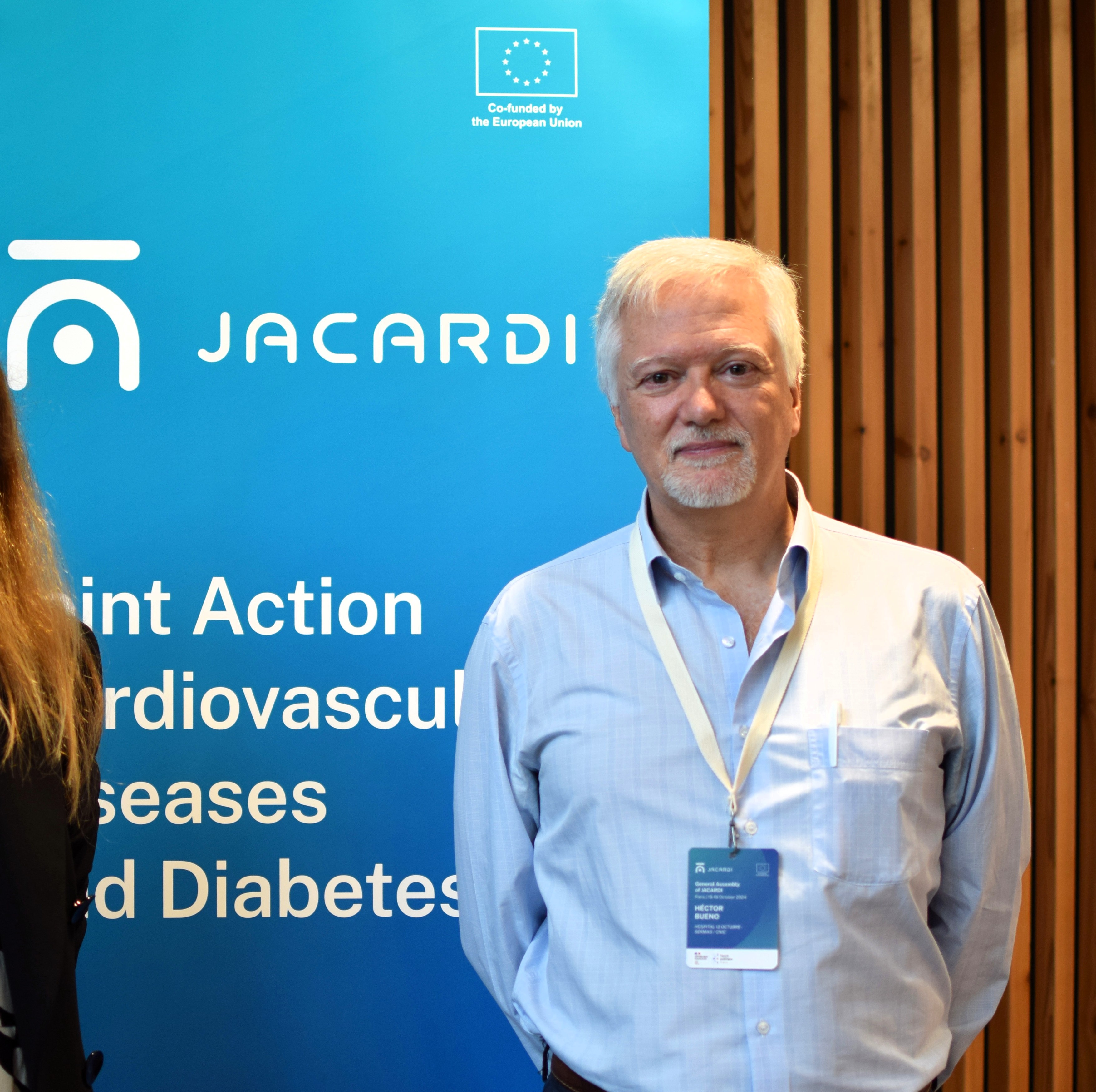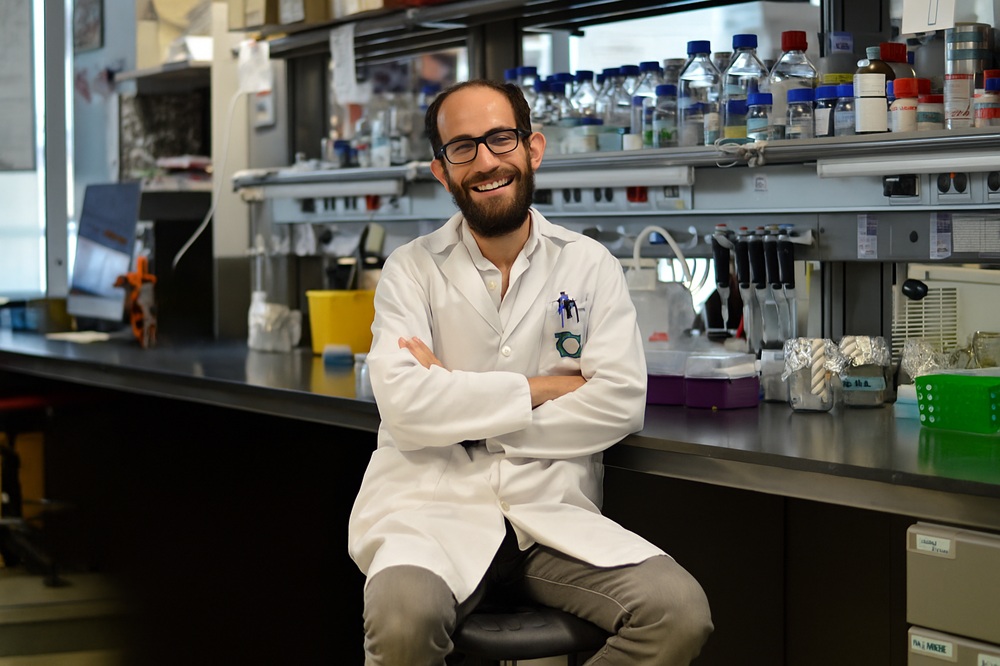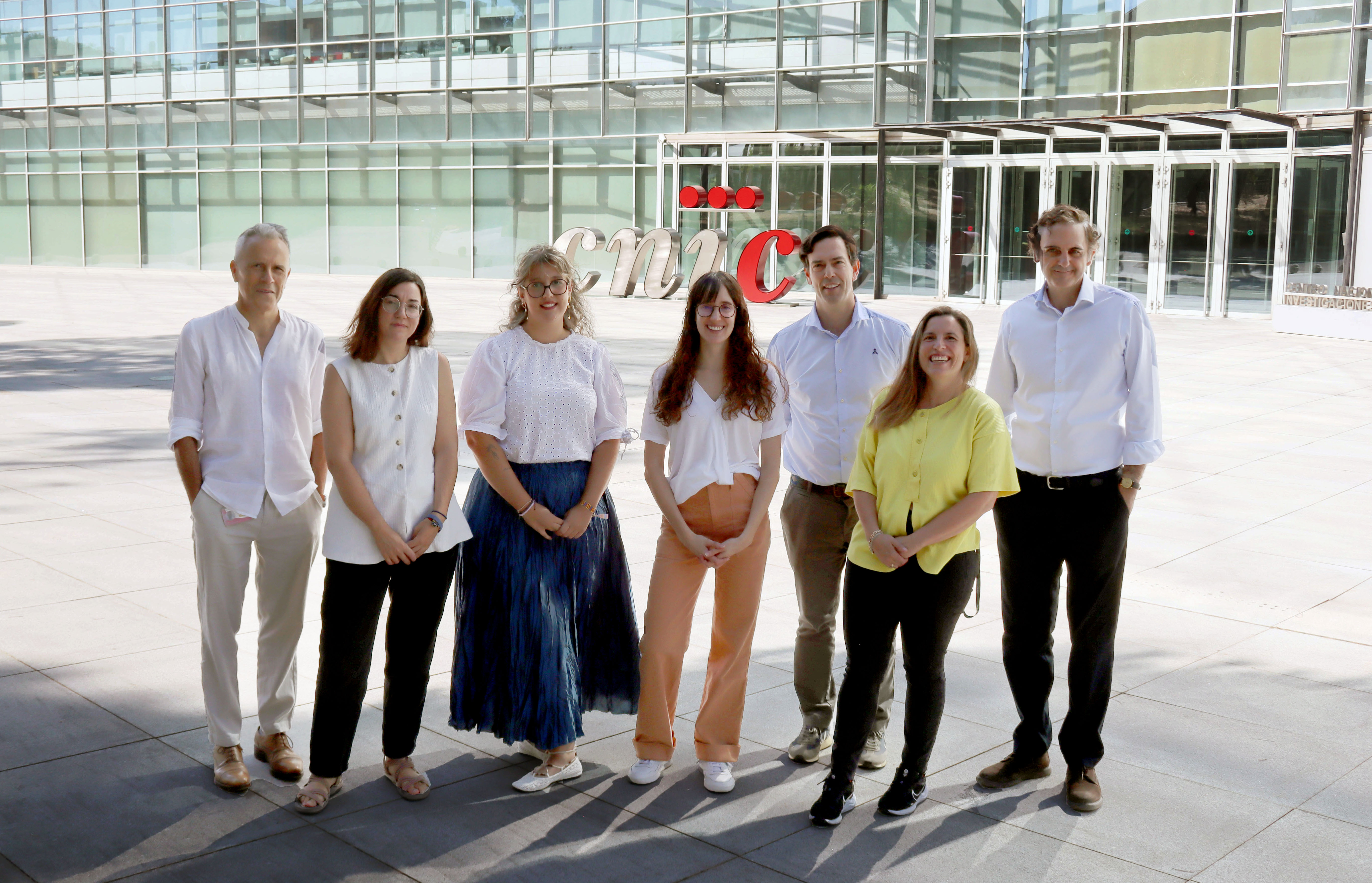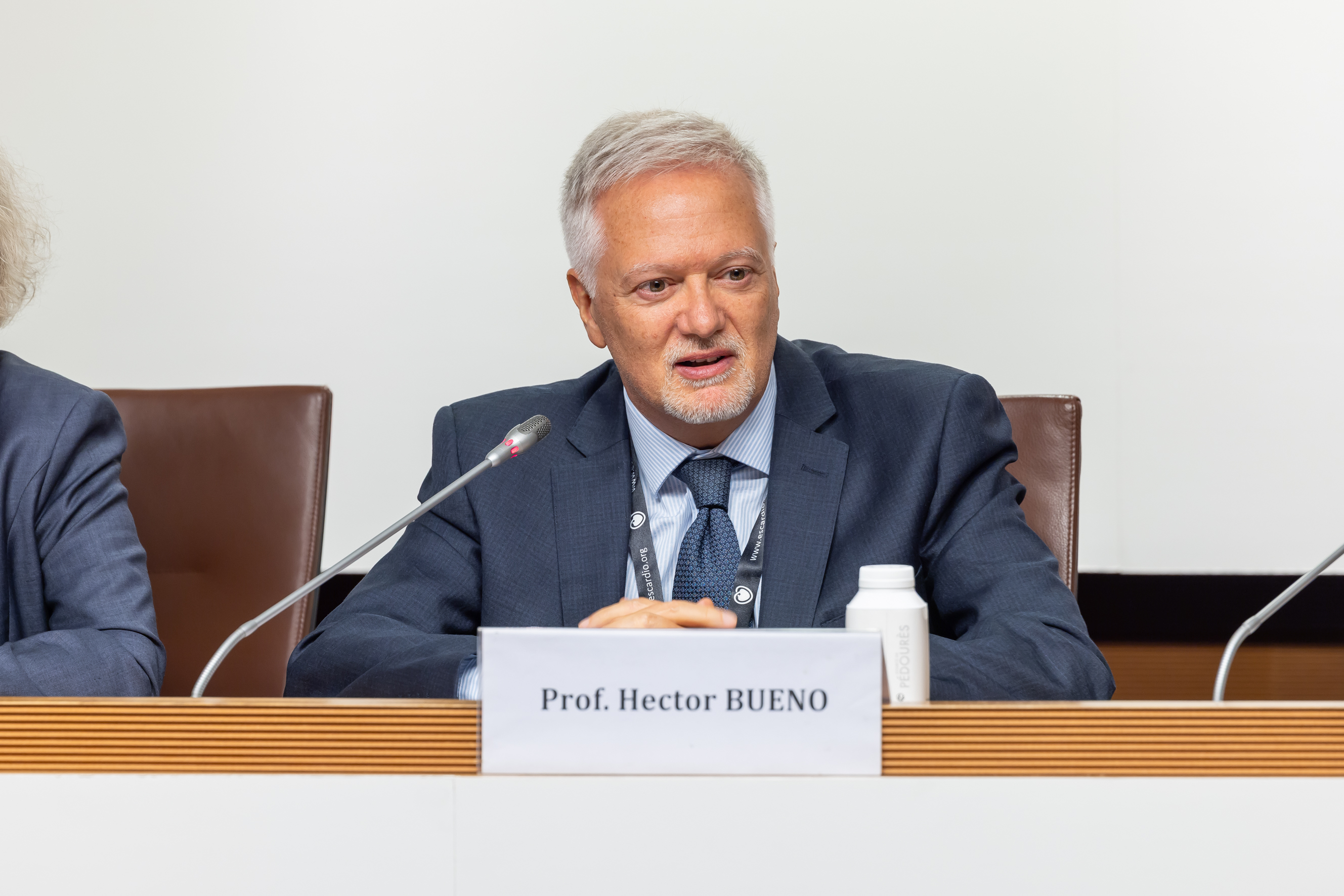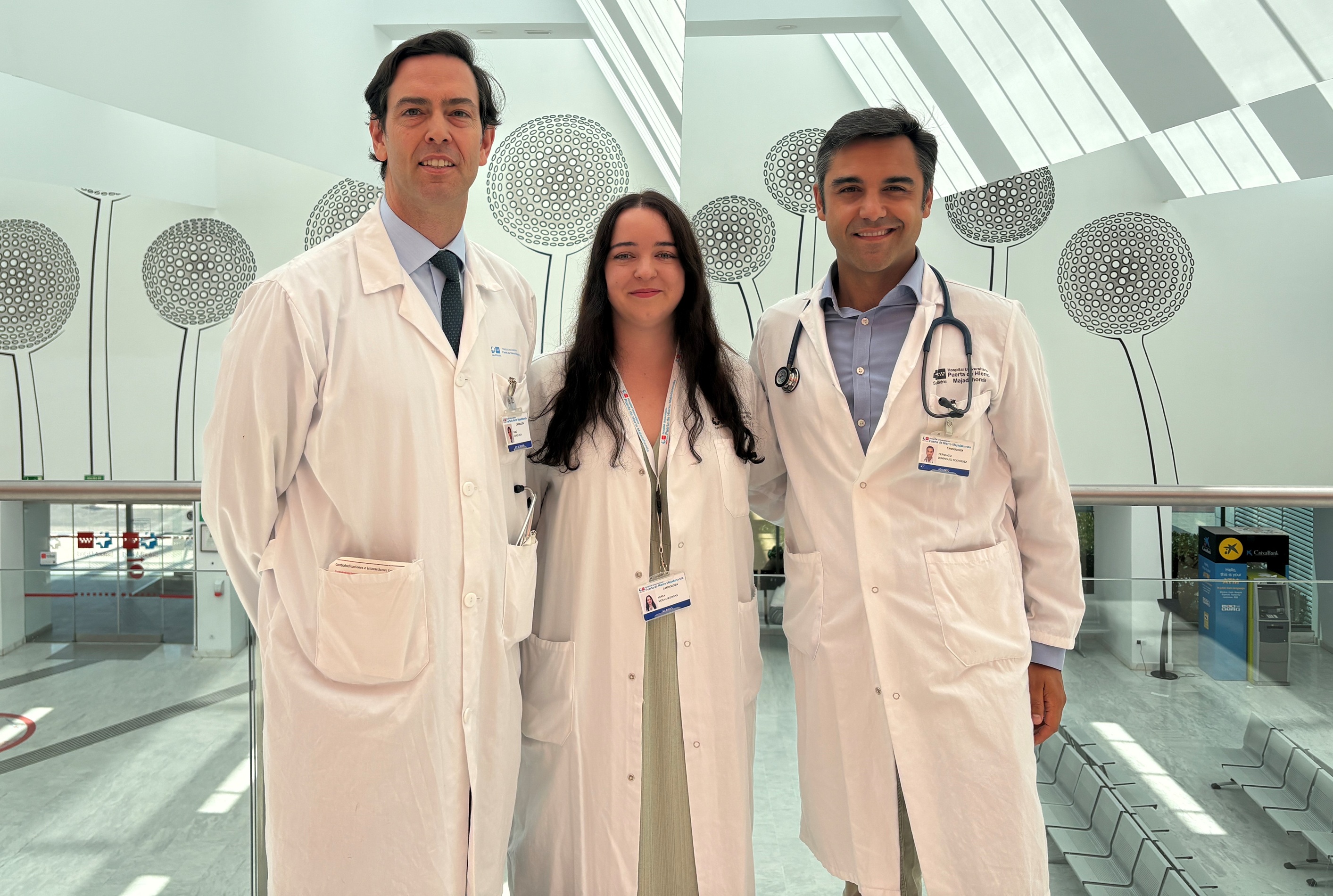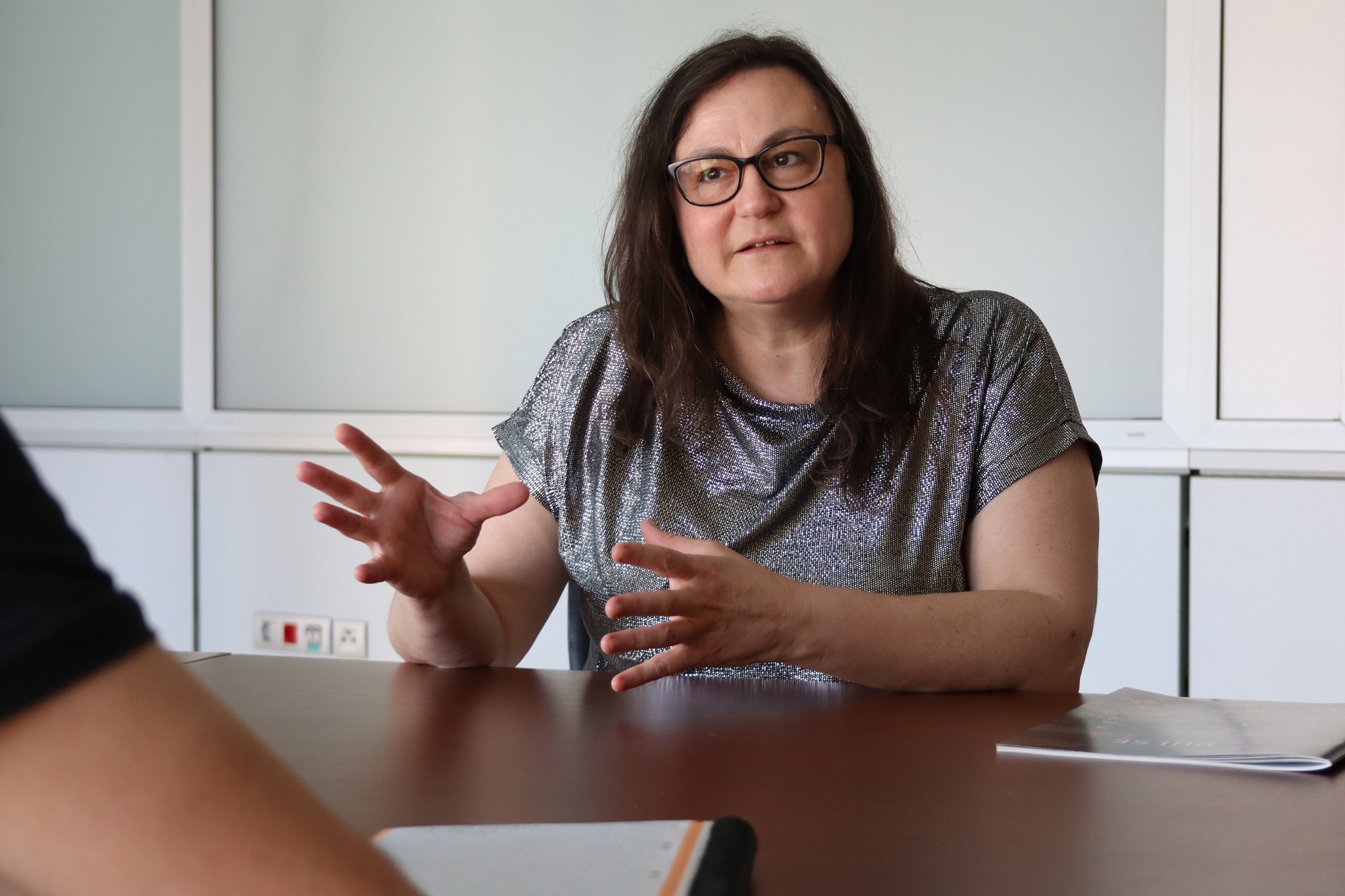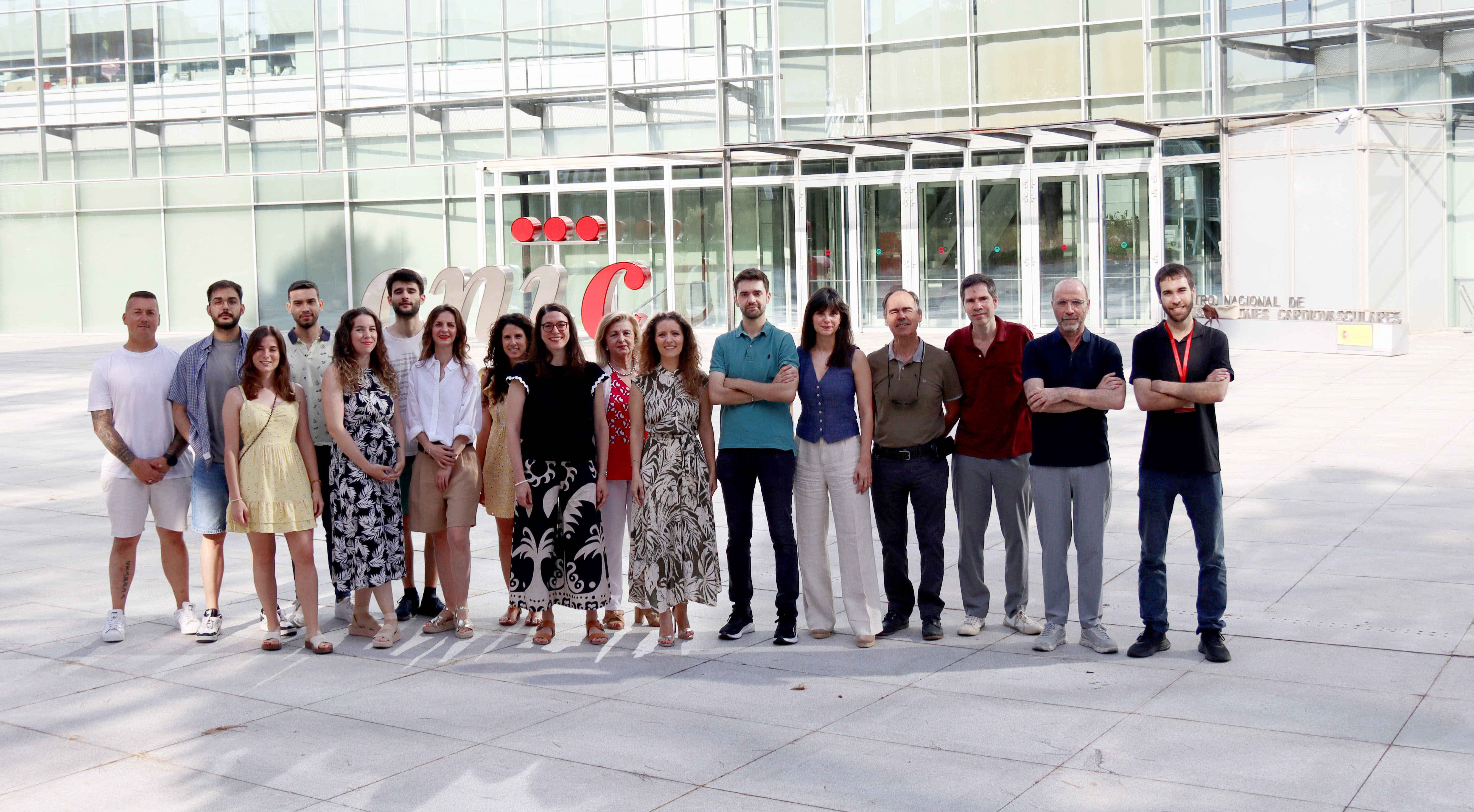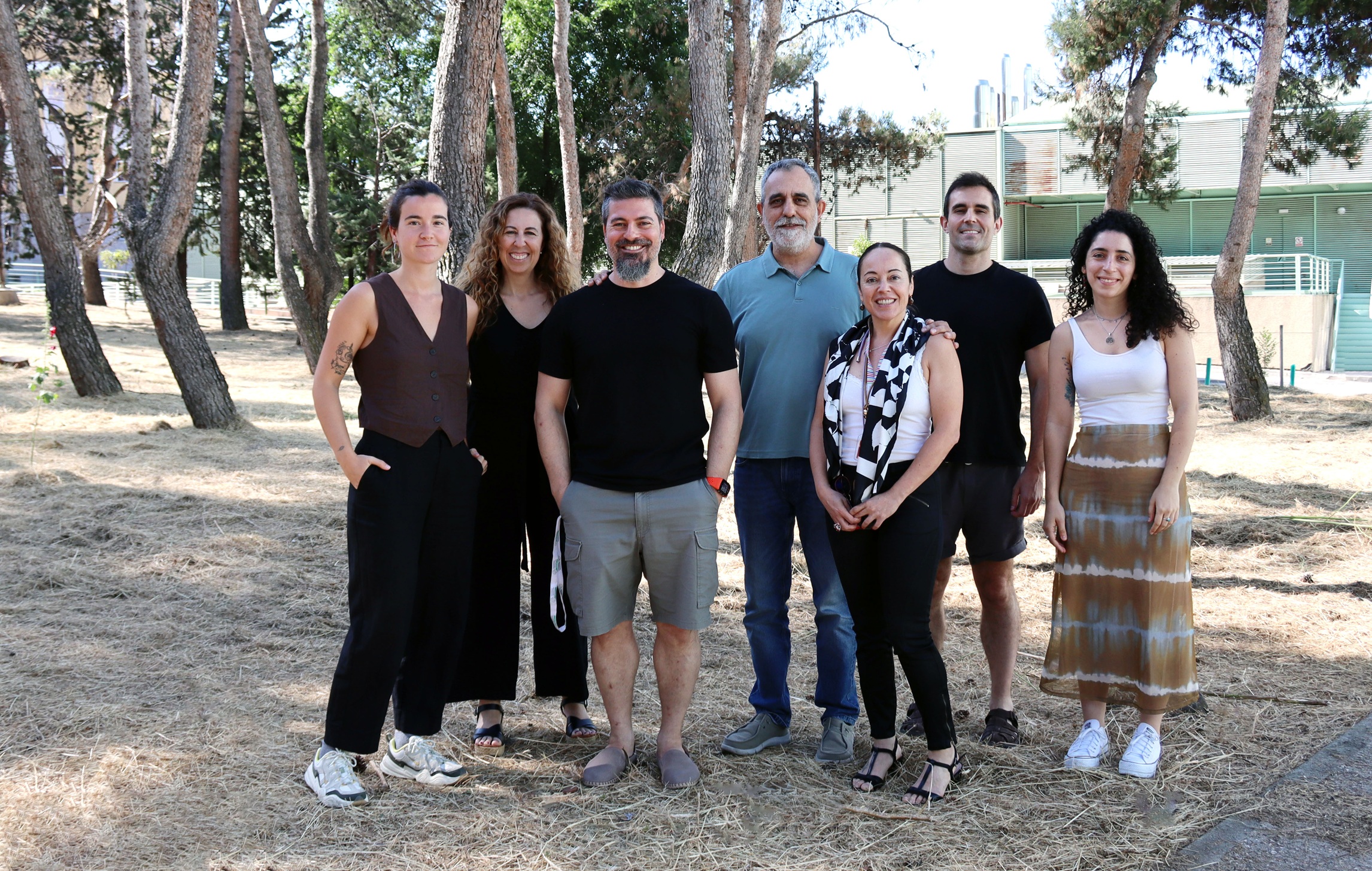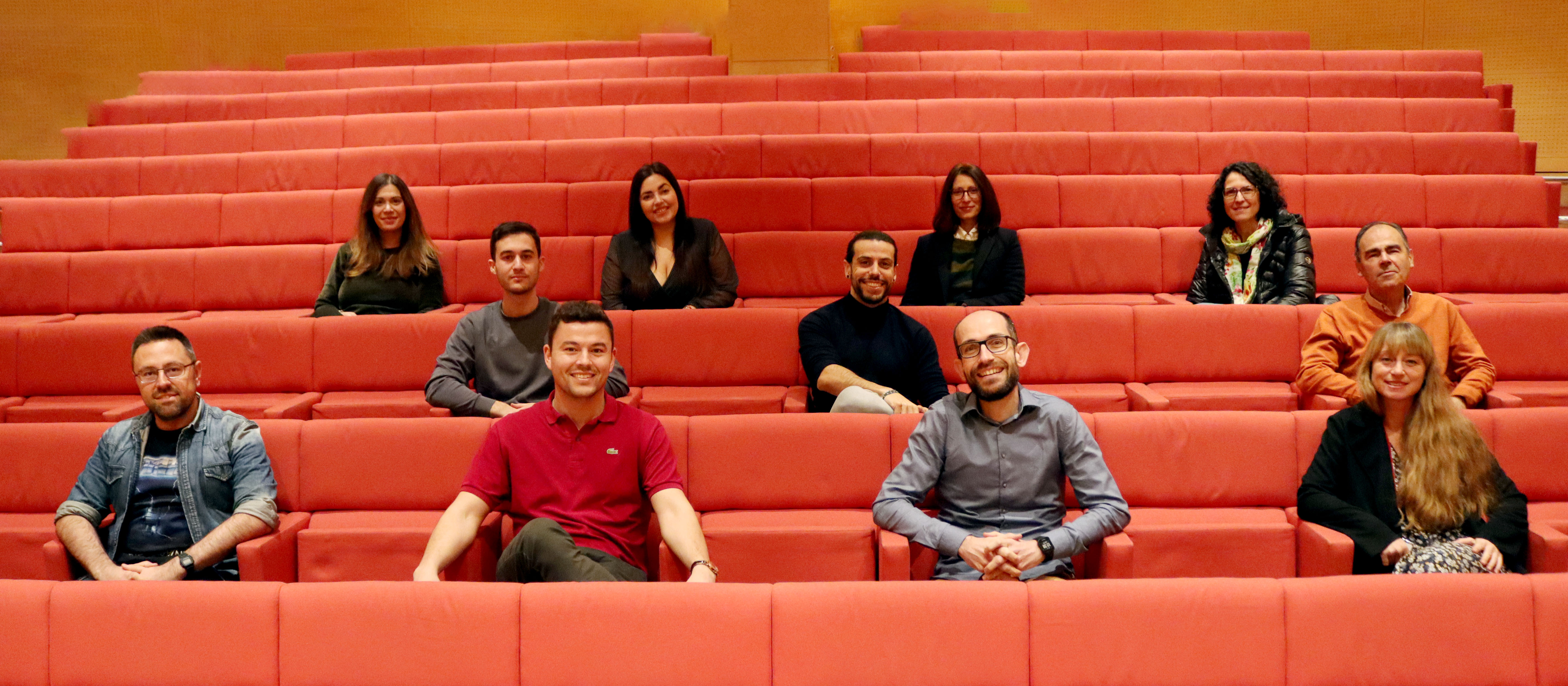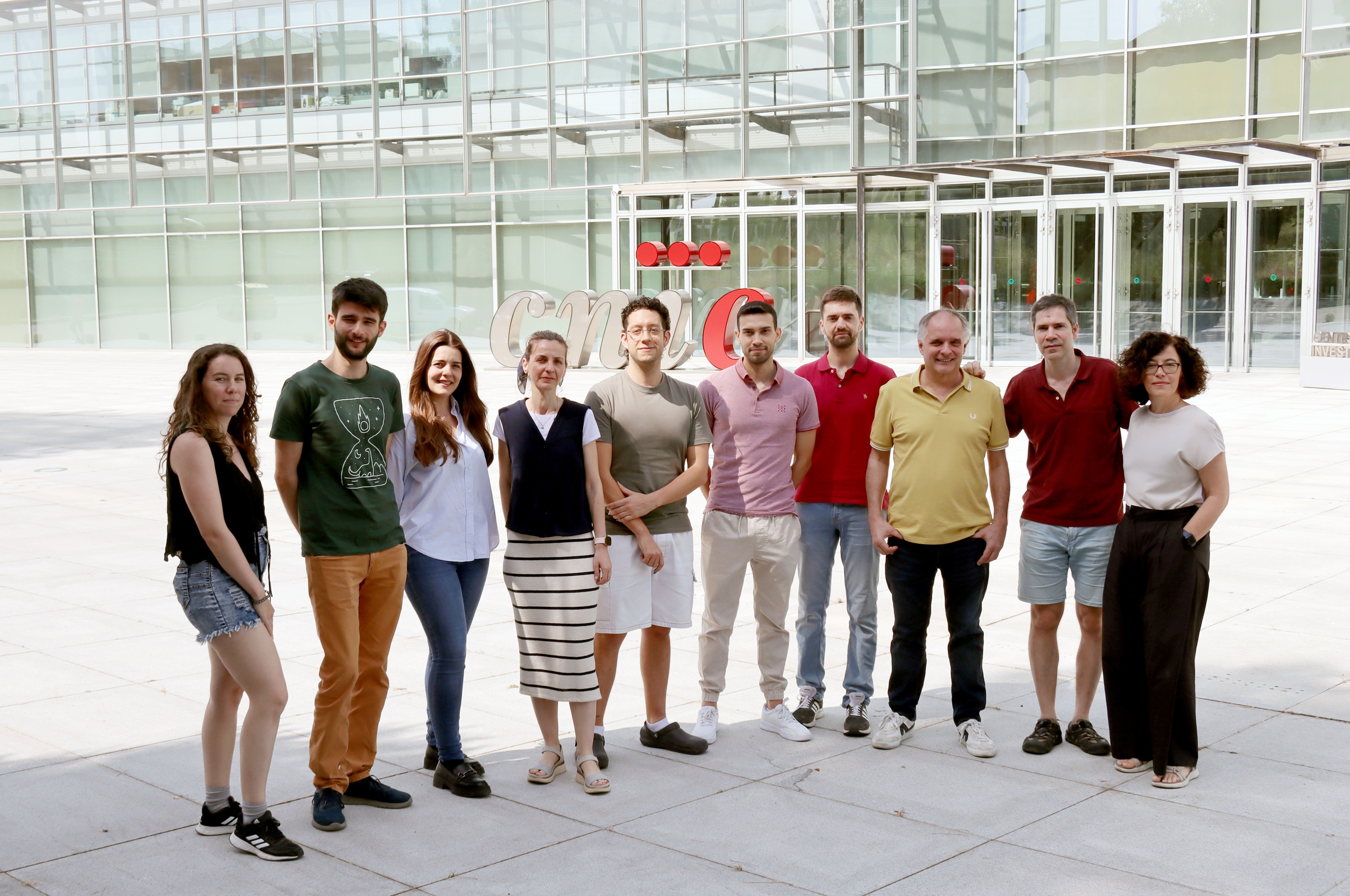News search
|
About the CNIC 15 Dec 2025 A new policy paper highlights key areas for advancing data-driven policymaking to curb the rising burden of non-communicable diseases (NCDs), setting the stage for a more effective and equitable healthcare in Europe |
|
About the CNIC 25 Sep 2025 Dr. Alegre-Cebollada will be recognized for the pioneering the study of protein mechanics in living systems, revealing how mechanical forces govern protein function and contribute to human disease. |
|
Research 10 Sep 2025 The results, published in the European Heart Journal and presented at the European Society of Cardiology Congress, opens the way to new therapies for patients with genetic heart diseases |
|
Research 4 Sep 2025 ESC calls for a cultural shift to deal with the adverse combination of mental health conditions and cardiovascular disease |
|
Research 3 Sep 2025 Scientists at the Centro Nacional de Investigaciones Cardiovasculares (CNIC), together with cardiologists from Hospital Universitario Puerta de Hierro and the Spanish cardiovascular disease research network (CIBERCV), report that the new discovery makes it possible to identify high-risk patients early and refer them sooner to specialized heart failure units |
|
Research 1 Aug 2025 Dr. Claudia Monaco, Kennedy Institute of Rheumatology, Nuffield Department of Orthopaedics, Rheumatology and Musculoskeletal Sciences, University of Oxford, UK |
|
Research 16 Jul 2025 A new study led by the CNIC has identified imidazole propionate (ImP), a metabolite produced by gut bacteria, as a driver of atherosclerosis— as a driver of atherosclerosis, the disease behind most heart attacks and strokes |
|
Research 2 Jul 2025 CNIC researchers have uncovered the evolutionary logic of the OxPhos system—the cell’s “engine”—and developed a tool to detect mutations that cause mitochondrial disease |
|
Research 5 Jun 2025 This new tool will advance the development of treatments for congenital muscle diseases and cardiomyopathies. |
|
Research 2 Jun 2025 A team from the CNIC has discovered the key role of conventional type 1 dendritic cells (cDC1) in atherosclerosis and has developed an experimental therapy with immunosuppressive nanoparticles that slows the progression of the disease in animal models. |
- 1 of 9
- next ›
